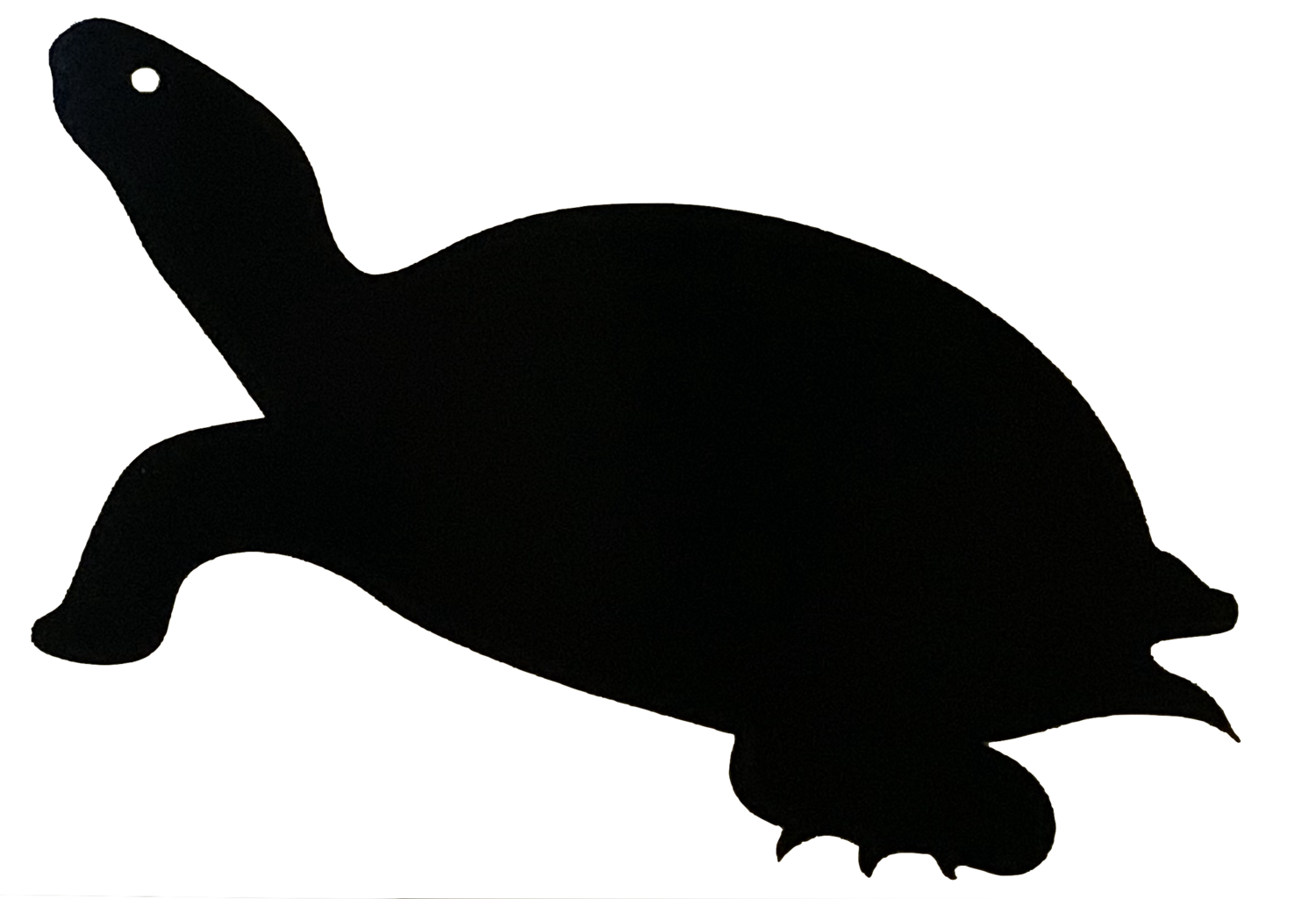Turtle-friendly Road Work
Photo credit: Tom Fisk
Road maintenance and construction are an essential part of our modern-day lives, but the impact of these activities on the environment can be dramatic! The effects of these activities on the ecosystem, particularly on turtle populations and wetland areas, are concerning and require our attention!
Road construction activities often involve the removal of vegetation, soil compaction, and the use of heavy machinery, which can result in the destruction of turtle habitats and wetland areas, and can cause significant harm to turtles who rely on these areas for nesting. During the nesting season, female turtles travel long distances to find suitable nesting sites, often crossing roadways and nesting along gravel shoulders. Road construction can disrupt their migration routes and destroy their nesting sites. This can lead to a decline in turtle populations, which can have a devastating effect on the ecosystem as a whole.
What do you do if you find a nest on a construction site?
Take a lot of photos so the exact location can be found.
If possible stay until the turtle has finished nesting to confirm eggs were laid (and it wasn't an abandond hole) - but keep your distance! You can tell a turtle finished laying eggs if their behind was deep in the ground, and then they covered the hole they made after using it.
Contact the construction company to tell them about the nest, and let them know they need to call the MNRF to have the eggs relocated - Turtles Kingston’s Nest Rescue program can also help. Construction companies usually have their placard up at the site.
Keep an eye on the construction company, and if they do anything to disturb the eggs (i.e. they haven't called the ministry to remove the eggs) you can call the MNR TIPS Line at 1-877-TIPS-MNR (1-877-847-7667) to report their illegal activities.
Turtle Nest. Photo credit: Turtles Kingston
Wetlands are also affected by annual road maintenance activities. Wetlands are essential habitats for various species of plants and animals, including turtles. These habitats play a vital role in maintaining the quality of aquatic habitats by acting as natural filters and cleaning the water. However, road maintenance activities can damage these habitats, leading to a decline in water quality and the loss of biodiversity. The use of pesticides and herbicides along road ways for weed control directly contributes to pollution of the adjacent wetlands. Road salt application in winter contributes to over salination of the wetlands which can have dramatic effects on biodiversity and health in an ecosystem. The impact of road construction and maintenance on turtles and wetlands can be devastating, and it is our responsibility to take preventative planning measures to mitigate these impacts.
What can be done to reduce the negative impacts of road maintenance and construction?
Municipalities can reschedule their annual road maintenance practices in all wetland areas to outside of the primary turtle season, from the end of May to the end of September. This includes all grading, mowing, and restoration activities.
They can also reschedule construction projects to before early May or after September, or use exclusion fencing around construction sites to keep turtles out of harm’s way.
Ask your municipality to ban the use of pesticides and herbicides in all wetland areas
Ask your municipality to stop using road salt in winter and switch to using sand or gravel for traction on ice.
Snapping Turtle. Photo credit: Tina Nord
The impact of road maintenance and construction on the environment cannot be ignored, but we can take action to mitigate these impacts and ensure necessary jobs are done safely. It is crucial to protect turtle populations and preserve the natural beauty and function of wetland areas for future generations. By implementing innovative road maintenance techniques and using low-impact construction methods, we can reduce the impact of these activities on turtles. These steps are essential to ensure a sustainable future for turtles, and for all of us!
Want to read more about this topic? Check out our other blog posts!



